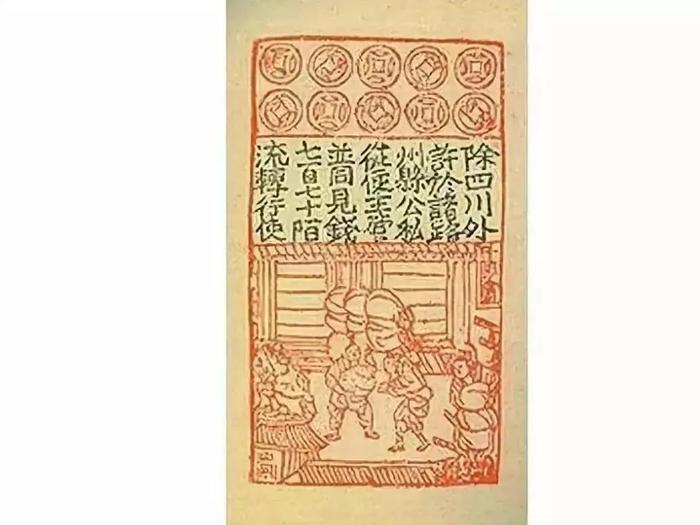The History of U.S. Banknotes: From Colonial Times to Global Currency
The history of U.S. banknotes is a story of political struggles, economic evolution, and cultural shifts. Today, the dollar is one of the most important currencies globally, but its origins go back to a time when the United States was still a group of British colonies, each issuing its own form of money—if they even used paper currency at all. In fact, the British pound was still widely in use across the colonies.
Colonial Currency and the Continental In the mid-18th century, as the American colonies grew, they began printing their own paper money known as Colonial Bills. These local currencies were not standardized and often caused inflation due to overprinting. When the Revolutionary War broke out in 1775, the Continental Congress issued the first national currency, known as Continental Currency, to finance the war effort. While initially helpful, these bills quickly lost their value because of rampant inflation and a lack of gold and silver reserves to back them up. This is where the famous saying “Not worth a Continental” comes from, a reflection of how worthless the currency had become.
From Independence to the Birth of a National Currency After gaining independence, one of the first economic challenges for the new United States was creating a stable, unified currency. In 1792, the government passed the Coinage Act, establishing the U.S. Mint, which began producing coins. Paper currency, however, faced a bumpier road. Early banknotes were issued by private banks and states, but they often lacked proper backing, making them unreliable. It wasn’t until the outbreak of the Civil War in 1861 that the federal government issued its first true national currency, known as the Greenbacks. These notes, used to finance the war, were the first widely accepted and government-backed paper money in the U.S.
The Federal Reserve and the Rise of the Dollar The modern era of U.S. currency began in 1913 with the creation of the Federal Reserve System. The Federal Reserve not only managed the country’s monetary policy but also began issuing Federal Reserve Notes, which are the dollar bills we use today. These notes were uniform in design, backed by the government, and became trusted forms of currency.
As the 20th century progressed, especially after World War II, the U.S. economy boomed, and the dollar replaced the British pound as the world’s leading currency for trade and finance. The Bretton Woods Agreement tied the U.S. dollar to gold, which strengthened its global standing even further. Although the U.S. abandoned the gold standard in 1971, by that time, the dollar had already become deeply embedded in the global economic system and remained the dominant reserve and trade currency.
Design: A Blend of History and Culture The design of U.S. banknotes has always carried cultural and historical significance. Early Greenbacks were simple, but as time went on, the designs evolved into the patriotic and iconic versions we know today. The front of each bill features portraits of key figures in American history, such as George Washington, Abraham Lincoln, and Alexander Hamilton, symbolizing the nation’s legacy. On the back, powerful symbols of America’s identity, like the Statue of Liberty, the White House, and the U.S. seal, reinforce the nation’s values.
Each banknote is not just a means of exchange; it’s a reflection of American history and culture. For example, the $20 bill, which features Andrew Jackson, reflects a historical irony. Jackson was known for opposing the central bank during his presidency, yet today, his face represents one of the nation’s most widely used denominations.
Looking Toward the Future Today, U.S. banknotes are not only the currency of America; they have become a pillar of the global economy. While cash use has declined with the rise of digital currencies, the role of the U.S. dollar remains unrivaled. Every banknote represents the strength of America’s economy, political stability, and cultural values. The very existence of these notes underscores the trust people place in the U.S. financial system.
In conclusion, U.S. banknotes have come a long way from the chaotic colonial era, surviving wars, economic crises, and the pressures of globalization to become one of the world’s most important currency systems. These bills are not just tools for trade—they are symbols of a nation’s history, culture, and economic power.
